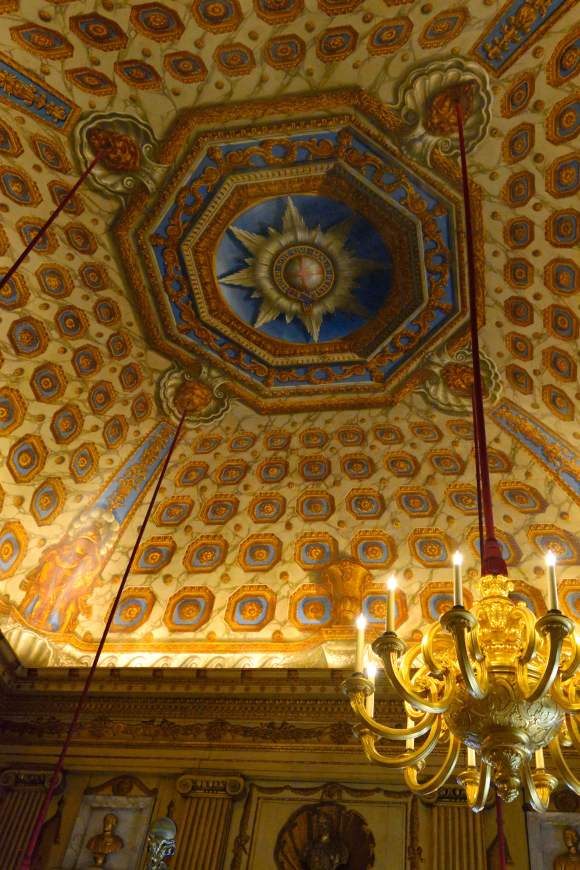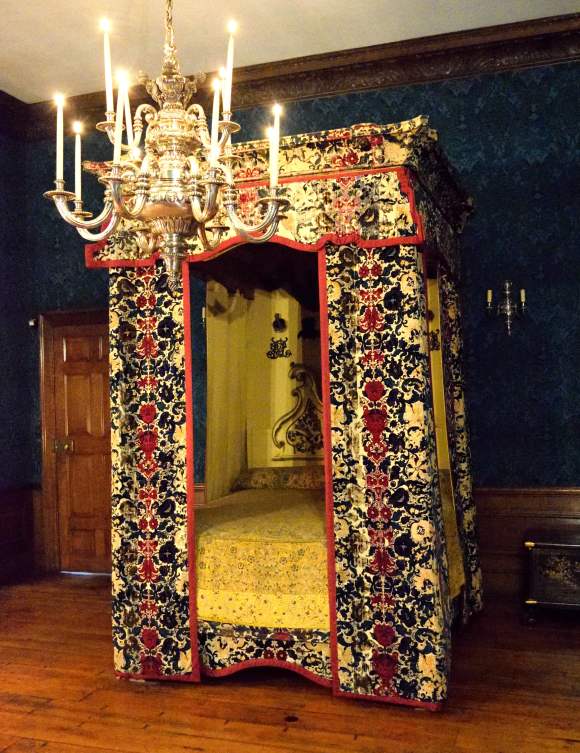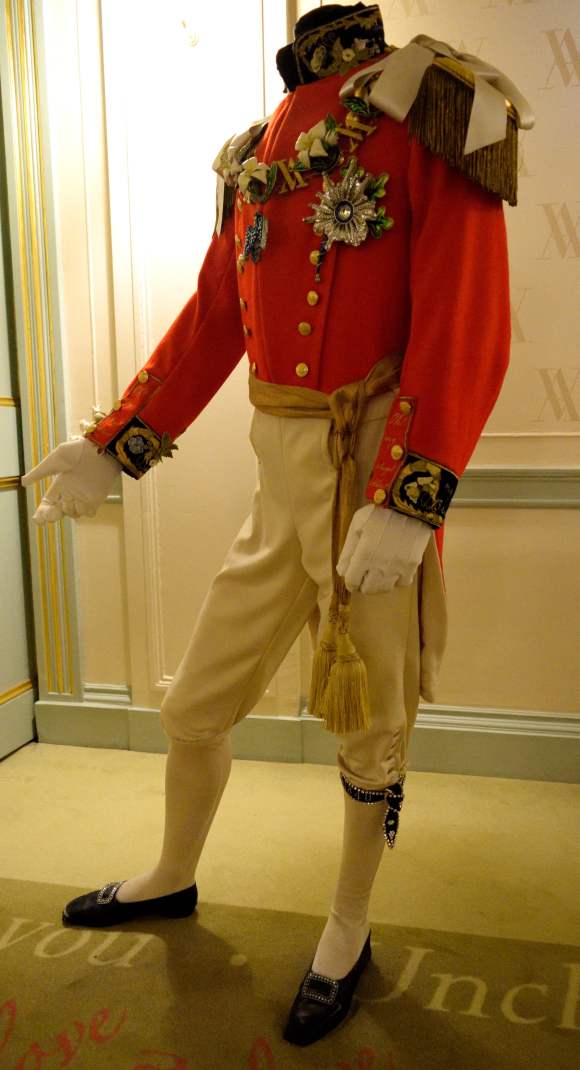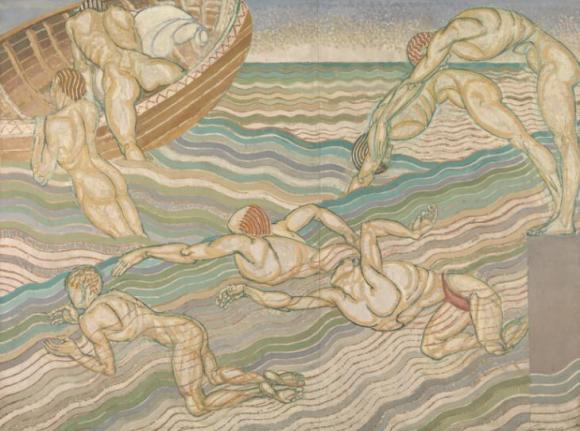
Kensington Palace has been a place of residence of the British Royal family since 1689. It was bought as a completed building by William and Mary when they ascended to the throne. Those parts not being lived in are open to the public. Currently they contain four exhibitions, one ticket allows entry to all four. Entrance to the Palace gardens, including the attractive sunken gardens is free and these are certainly worth the time it takes to walk round them on days when the weather is clement. The first two exhibitions are about Queen Victoria and Princess Diana’s dresses. They are both interesting in different ways, I have a blog post about them here: Kensington Palace, London W8. Part 1. Victoria Revealed & Diana, her fashion story.

The next two exhibitions are The Queens’ State Apartments, which has the rooms decorated as they were in the 1690s, during the reign of William and Mary, and The King’s State Apartments, which has the rooms restored in the way they were in the early 1700s, during the reign of Georges I and II.

These are arranged in reverse chronological order, entry is through the sumptuous King’s Grand Staircase. Decorated in the time of George II, this is broad and spacious, we are overlooked by painted figures as we ascend. The staircase is certainly grand, immediately we can tell that we are in an era when conspicuous wealth was expected of the monarchy. The mural was painted by William Kent in 1724 and contains depictions of many actual members of the royal court at the time. Kent even included himself in the painting, he is the man wearing a brown turban and holding an artist’s palette, and the lady looking over his shoulder was reportedly his mistress.

The rooms in the King’s State Apartments have many wonderful Georgian features. The fireplaces and ceilings are spectacular. One ceiling is decorated with shields representing the members of the Order of the Garter, with its insignia making the centrepiece. The King’s Gallery has a mantelpiece with a map of the British Isles and Western Europe. This is linked to a weather vane on the roof, so that King George could see how the wind was affecting his fleet. It is still working today. The drawing room has some interesting examples of gaming tables from the era and the best perspective of the gardens, down to the lake.

The Queen’s State Apartments are 17th Century and this exhibition is more intimate, showing their bedrooms, their dining room and gives a little more of an insight into how they went about their, still opulent, daily lives. The furniture and delft is remarkable and the tapestries and bed coverings are extravagant. It is interesting to see the shortness of the four poster bed, it was thought at that time to be beneficial to health to sleep in a sitting position.

The exhibitions also contain lovely examples of the fashions at the time, there are some wonderful farthingale supported embroidered skirts, which look spectacular but must have been completely impractical to wear.

Between all four of the shows here, it would be difficult to do it justice in less than a couple of hours, there is almost too much to see in one visit. Perhaps it would be worth viewing the Palace on one day and the Gardens, Park and Orangery, which are free to enter, on another. This way you could spread the visit over a couple of days and only have to pay the, not inconsiderable, entry fee once. Kensington Palace and Gardens is one of the most historic visitor attractions in London, the exhibitions are well stocked and informative, although it is not cheap to visit, it should be among the sights that you consider when in London. It is free to enter with an Art Pass, if you have one of these you should not miss it, Kensington Palace is a highlight of their offer.

















